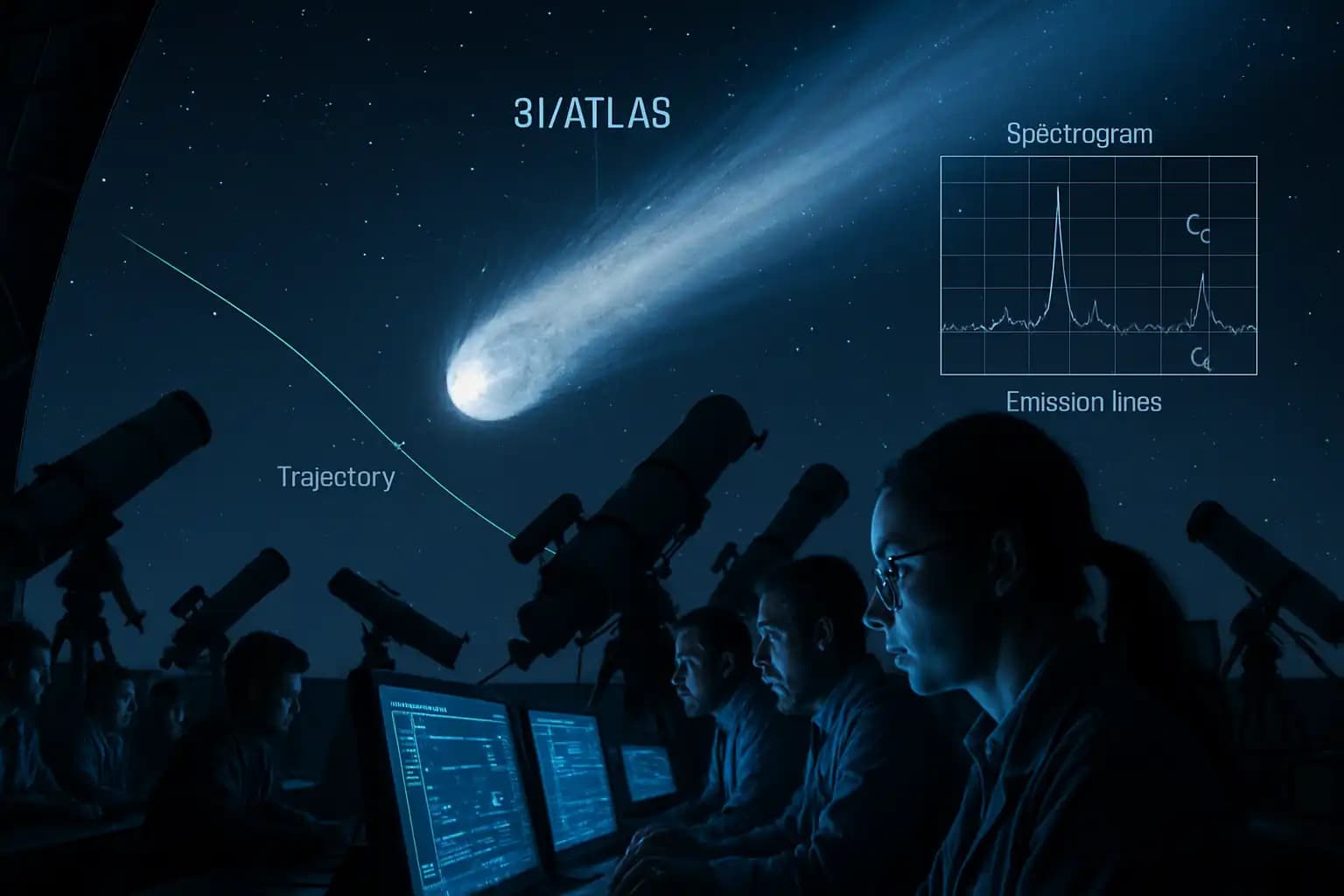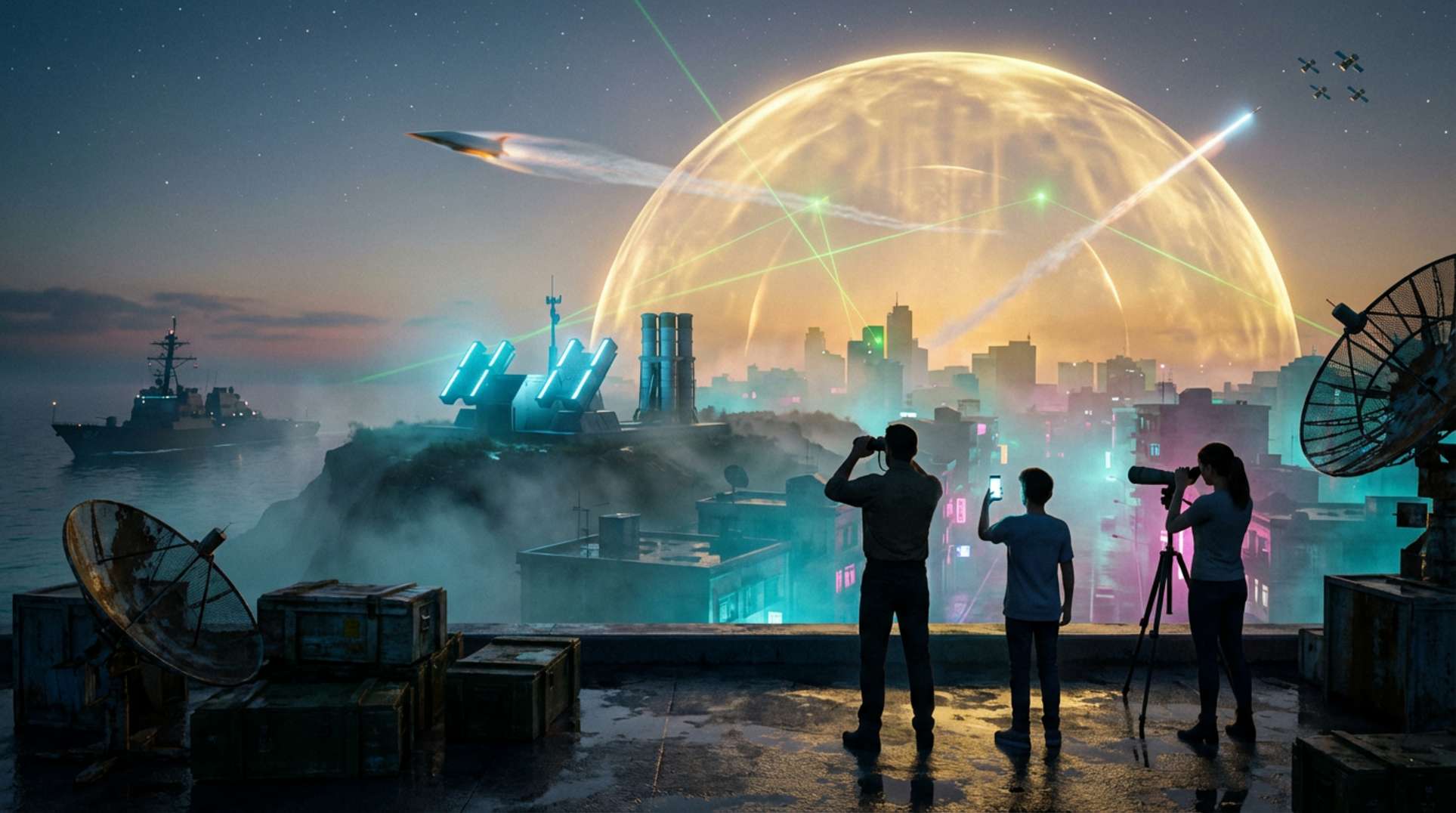When astronomers spotted 3I/ATLAS slicing through our solar system, panic followed—at least among some in the astrophysics community. As the third confirmed interstellar object to enter our celestial neighborhood, this comet sparked global coordination efforts among scientists, triggered planetary defense drills, and raised existential questions that align with recent crisis analyses and philosophical investigations.
Why 3I/ATLAS Is Unlike Any Visitor Before
Officially, 3I/ATLAS is the third interstellar body observed and was discovered in July 2025 by the ATLAS survey telescope. Although confirmed to approach no closer than 1.8 astronomical units (about 270 million km) to Earth, scientists quickly noted anomalies in its chemical signature: recent spectroscopic campaigns showed the comet emitting nickel with significantly less iron than expected, a first in comet science. According to UROUBC, some researchers suggest this could indicate a technological—or at least non-natural—origin, echoing historical debates about objects like ‘Oumuamua.
3I/ATLAS also challenged accepted knowledge by revealing an “anti-tail”—a rare jet of particles pointing toward the Sun instead of away—deepening the mystery and fueling online theories. Renowned Harvard scientist Avi Loeb has speculated about non-natural explanations, while NASA maintains a conservative view, stressing the need for more data and cautioning against quick conclusions (Daily Mail).
Panic, Preparation, and Planetary Defense Networks
The planetary defense community responded seriously. The International Asteroid Warning Network (IAWN) initiated a worldwide campaign to monitor the comet, resembling the measures typically employed for near-Earth asteroid threats. A Daily Mail investigation highlighted the comet’s “unique challenges” in predicting its motion—a reflection of unexpected orbital quirks as it rounded the Sun in October 2025. NASA launched multiple missions and coordinated international sky surveys, allowing 3I/ATLAS to serve as a live test of planetary defense protocols, similar to exercises used in risk briefings regarding nuclear scenarios or cyber attacks.
Even as experts clarified there was “no immediate risk,” including an interstellar visitor in risk models signifies a shift in preparedness. This aligns with planetary shake-ups noted in recent cosmic coverage such as geomagnetic event reporting and comet impact analysis.
Cometary Anomalies: Trajectory Shifts and the Search for Answers
What’s driving the growing anxiety? Partly, it’s the erratic, difficult-to-model path that 3I/ATLAS traces through the solar system. IAWN officials described “unique challenges” for trajectory forecasts, necessitating the comet’s inclusion in the international Comet Astrometry Campaign. Scientists mentioned potential non-gravitational effects—like irregular outgassing or jet activity—rather than standard gravitational influences. This uncertainty, coupled with dramatic features like the anti-tail and a mass a million times greater than prior interstellar visitors, explains why 3I/ATLAS captured global scientific attention (Daily Mail).
For planetary defense agencies, these anomalies underscore the limitations of current prediction models—prompting investment in observational accuracy, AI analytics, and expedited international data sharing. These efforts mirror strategies described in adaptive technology investigations and defense AI analysis.
The Meaning (and Myth) of Interstellar Intruders
Despite its spectacle, 3I/ATLAS serves as a teaching moment for the global scientific community. NASA’s position, reiterated in agency briefings, is that the comet poses no threat and will pass at a safe distance. However, focusing on chemical anomalies, orbital surprises, and planetary defense readiness reveals deeper uncertainties—both scientific and cultural. Interstellar objects like 3I/ATLAS confront us with how little we understand about what’s out there drifting between the stars (read a field report here).
During an era dominated by technological anxiety and apocalyptic narratives—ranging from cosmic impacts to AI futures—the drama surrounding 3I/ATLAS highlights the challenge of embracing uncertainty rather than merely fearing potential collisions. For in-depth coverage of deep-space disruptions and civilization-scale surprises, bookmark Unexplained.co—where the next “panic” is likely already in the works.




